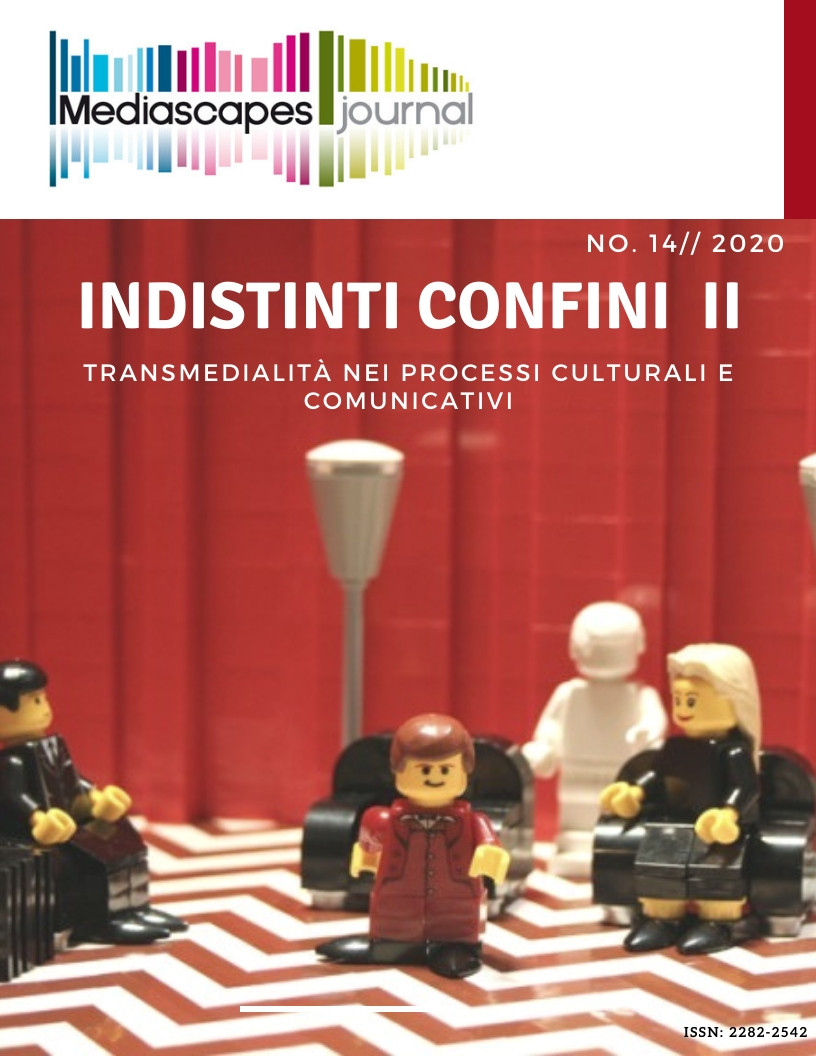Il fandom delle serie tv e l’esperienza dello shipping
Keywords:
shipping, fandom, TV series, audience, The 100Abstract
The essay analyzes the phenomenon of shipping, a particular way to get emotionally invested in the lives of fictional characters from TV series. Shipping describes a pervasive aspect of fandom, focused on supporting and rooting a potential relationship which is not necessarily taken in account by the official production system. The phenomenon was originally connected with the fan fictional world, but over the years it has expanded towards different paths. Shipping can be defined as the capacity of a fan to declare his affinity for a certain pairing and his wish to see them engaged in a romantic relationship. The characters become a Unity and fans idolize their main object of worship as if it were a single being. They discuss about ships on social networks, creating some communities focusing on the matter. In these communities, fans usually share ideas and opinions, making up stories and other cultural products inspired by ships. By doing this, they get closer to the characters and create a virtual canvas upon which they project their hopes and dreams, also reaching the point of quarrelling to defend their favorite pairings against other perspectives (ship wars). In this essay we will discuss about the origin of shipping and its different peculiarities (canon-fanon, slash, poly, one true pairing, etc.), starting from the analysis of a specific fandom related to the TV series The 100 (The CW Network, 2014-). The research is divided into two different parts. The first was carried out by a digital-ethnographic approach, while the other was mainly built up on qualitative interviews to some shippers, which made it possible to closely study their set of practices, their way to engage with the work, their insightful perspectives and collective logics that are the tools to participate in the fandom’s activities.
Downloads
Published
How to Cite
Issue
Section
License
Mediascapes Journal is published under a Creative Commons Attribution Licence 4.0.
With the licence CC-BY, authors retain the copyright, allowing anyone to download, reuse, re-print, modify, distribute and/or copy their contribution. The work must be properly attributed to its author. It should be also mentioned that the work has been first published by the journal Anuac.
Having published these contributions for the first time, Mediascapes Journal will have the right to publish them integrally or partially as reprints or possibly as part of a thematic issue, in both digital and printed format.
It is not necessary to ask further permissions both to author or the journal.


